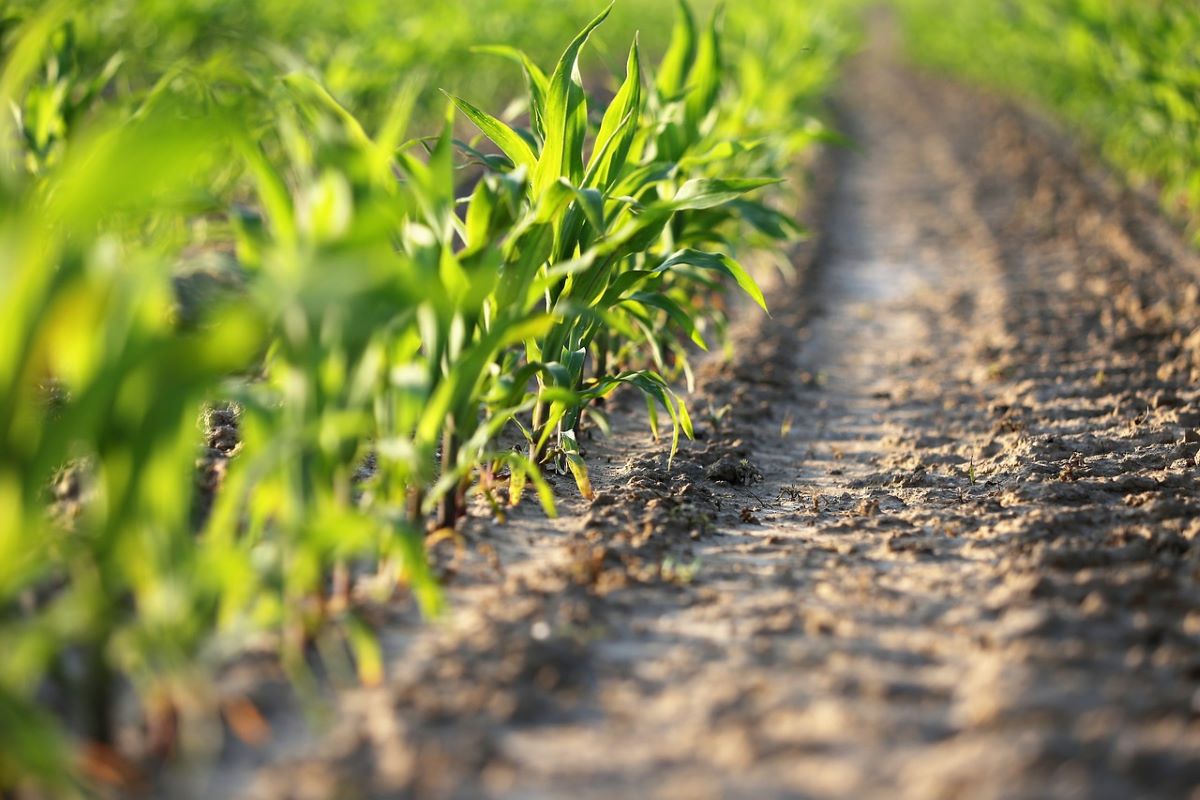
by Lisa Sheppard, Prairie Research Institute
With high corn crop yields in mind, Illinois farmers sometimes apply mid-season nitrogen fertilizer to supplement the early-season applications that may have been partly washed away with spring rains. An atmospheric scientist at the Illinois State Water Survey (ISWS) is perfecting his online and Android app decision-support tool that helps farmers schedule applications based on real-time nitrogen availability in local soils.
With frequent rains in the spring, farmers face uncertainty about the amount of nitrogen lost from fields, particularly as precipitation becomes heavier and severe storms are more prevalent in Illinois.
“Oftentimes, farmers over apply fertilizer to their cornfields, especially during heavy rain seasons,” said Junming Wang at the ISWS, a unit of the Prairie Research Institute. “I wanted to design a smart farm tool and app for farmers to use optimal but not excessive nitrogen so costs and water pollution can be reduced.”
The NTrack tool lessens this uncertainty by estimating real-time soil nitrogen availability. With hourly local weather data from the National Weather Service and soil data from the U.S. Department of Agriculture (USDA) soil database, the tool simulates corn growth, crop nitrogen uptake, and nitrogen losses. Users of the tool provide some crop management inputs, including their location, corn cultivar being used, planting date, and previous fertilizer application date. For location, users can click on a Google map.
As a result, farmers receive an email with a time series of soil nitrogen concentrations at two depths, 0 to 1 and 1 to 2 feet, over the requested period. The results include a graph of soil nitrogen availability as it changes during the simulation period.
The online tool can provide timely information, helping farmers to better understand how changing weather conditions and crop management practices affect soil nitrogen availability, and informing management decisions on whether to apply additional nitrogen during the growing season.
As Wang and University of Illinois colleagues improve the NTrack tool, they hope to add components including crop rotation information, tile drainage flow and nutrient losses, and soil phosphorus availability. They also plan to extend the Android app to the Apple IOS system. Adding tile drainage information can provide a clearer picture of how quickly excess rainfall drains from the fields and into lakes and streams.
The online tool is available at http://rsetserver.sws.uiuc.edu/ntrack/. For the Android app, contact Wang at wangjim@illinois.edu.
This story originally appeared on the Prairie Research Institute News Blog. Read the original article.
